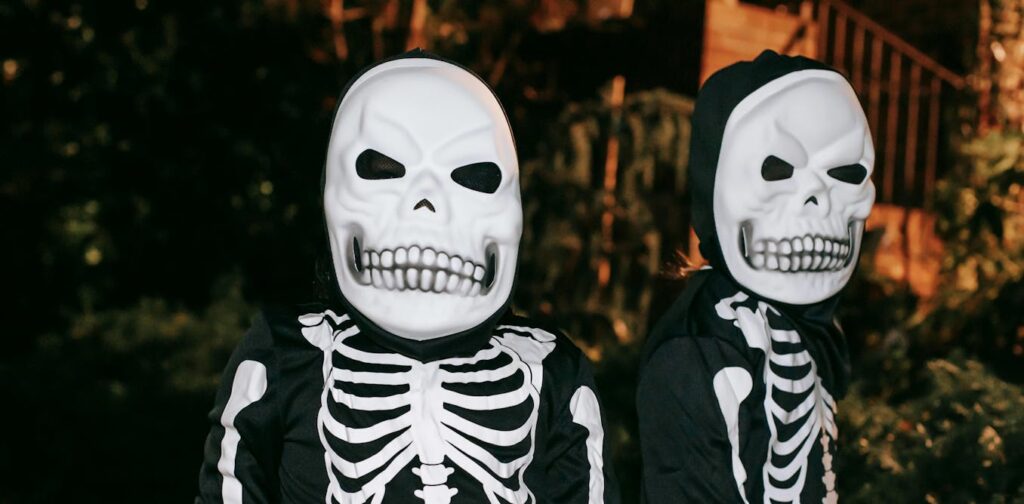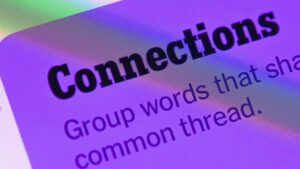
As Halloween approaches, the debate over whether the holiday is too frightening for children resurfaces. With its blend of bloody costumes and eerie themes, Halloween might seem to introduce young minds to topics they are not yet prepared to handle. However, the fascination with the gothic and the macabre has long been a part of children’s lives, dating back to the era of fairy tales.
Historically, some of the most classic children’s stories have been both terrifying and brutal. These tales often involve wolves consuming grandmothers, witches attempting to eat children, and stepmothers plotting against their stepdaughters. Despite their grim content, these stories have provided children with a safe space to explore fear and build resilience.
The Power of Fairy Tales
Child psychologist Bruno Bettelheim has argued that fairy tales suggest a rewarding life is attainable despite adversity, but only if one does not shy away from challenges. He believes these stories help children learn to cope with their fears by showing that they can be managed and overcome.
“Fairy tales intimate that a rewarding, good life is within one’s reach despite adversity – but only if one does not shy away from the hazardous struggles.” – Bruno Bettelheim
Studies by psychologists support the notion that fairy tales enable children to confront their fears in a controlled environment. English fantasy writer G.K. Chesterton famously remarked:
“The baby has known the dragon intimately ever since he had an imagination. What the fairy tale provides for him is a St. George to kill the dragon.”
Historical Parallels: Penny Dreadfuls and Modern Media
In the 1880s, children in Victorian British slums consumed “Penny Dreadfuls”—cheap, sensational serialized novels featuring bloody characters like Sweeney Todd. Despite being criticized for corrupting young minds, these stories played a crucial role in promoting literacy among working-class children.
Alfred Cox, the son of an ironworker who later became a doctor, credited Penny Dreadfuls with inspiring him to seek a better life. Similarly, Labour Party politician John Paton described these tales as “good healthy stuff for an imaginative boy.”
These stories can be compared to modern narratives like Harry Potter, which invite children into fantastical worlds filled with terrifying creatures and events, fostering a love of reading and storytelling.
The Humor in Horror
While some might be startled by children dressing as zombies, such themes are a staple of mainstream children’s entertainment today. In the 2012 film “Hotel Transylvania,” zombies lose limbs for comedic effect, and the Count from “Sesame Street” draws inspiration from Bela Lugosi’s portrayal of Dracula.
Halloween: A Controlled Scare
Although Halloween is inherently “scary,” it offers children a way to control, enjoy, and learn from fear. They are already exposed to frightening elements in the books, shows, and movies they consume, which can help them navigate real-life fears.
Children can choose their scary costumes, demonstrating bravery by showing that the monsters are merely outfits to be worn and discarded at will. This empowerment is a crucial aspect of their development.
Adult Fascination with Horror
While some adults criticize children’s fascination with gore and horror, they often overlook their own interests. Streaming platforms and podcast rankings are filled with true crime, horror, and gore, indicating a shared fascination across age groups.
Before questioning children’s interest in the macabre, it may be worth examining whether adults’ consumption of similar content is truly healthy.
Ultimately, Halloween and its associated themes provide children with an opportunity to explore fear in a controlled and educational manner. As society continues to evolve, the role of scary stories in child development remains a topic worthy of exploration and understanding.






